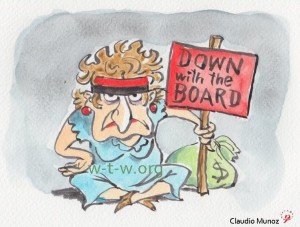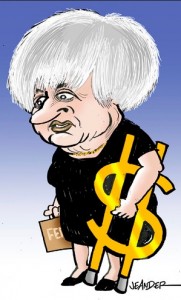Microsoft is trying to re-position itself as a business, but the acquisition of LinkedIn is questionable. Microsoft is playing the equivalent of around $260 for each monthly active user of LinkedIn. To keep shareholders happy, it will need to add users to LinkedIn’s platform more quickly or be clearer about how it can make more money from their data.
Microsoft’s record with big deals is poor. Its purchase of Skype in 2011 for $8.5 billion has been no runaway success. Microsoft squandered over $6.3 billion on aQuantive, an online-advertising firm that it bought in 2007, and $7.6 billion on Nokia’s handset business in 2014. CEO Satyar Nadella intends to keep LinkedIn as an independent company, perhaps because he has seen the pitfalls of integrating large acquisitions.
Nadella wants LinkedIn to become the place to go for news and other details about people’s work lives, but firms are unlikely to want to give their employees more of an excuse to spend time on social media. Some bosses don’t like LinkedIn, because it makes money from recruiters out to poach their staff. They will not want to let LinkedIn further embed itself at their companies. Already some large firms block or restrict access to LinkedIn on their networks. Users may also grow uncomfortable if Microsoft uses their data elsewhere and could stop using the service. Nadella has acknowledged they will have to treat what they know about users “tastefully”.
The deal has been welcomed for other reasons, however. It could signal an impending tech buying spree. In the days after LinkedIn’s purchase, investors looked around to see which other firms Nadella and his peers might have their eyes on. Optimists pushed up the share price of Twitter, another social-media firm whose growth prospects have been questioned, in the hope that a buyer might make a move. But not every tech firm is lucky enough to have Mr Nadella wanting to acquire.








